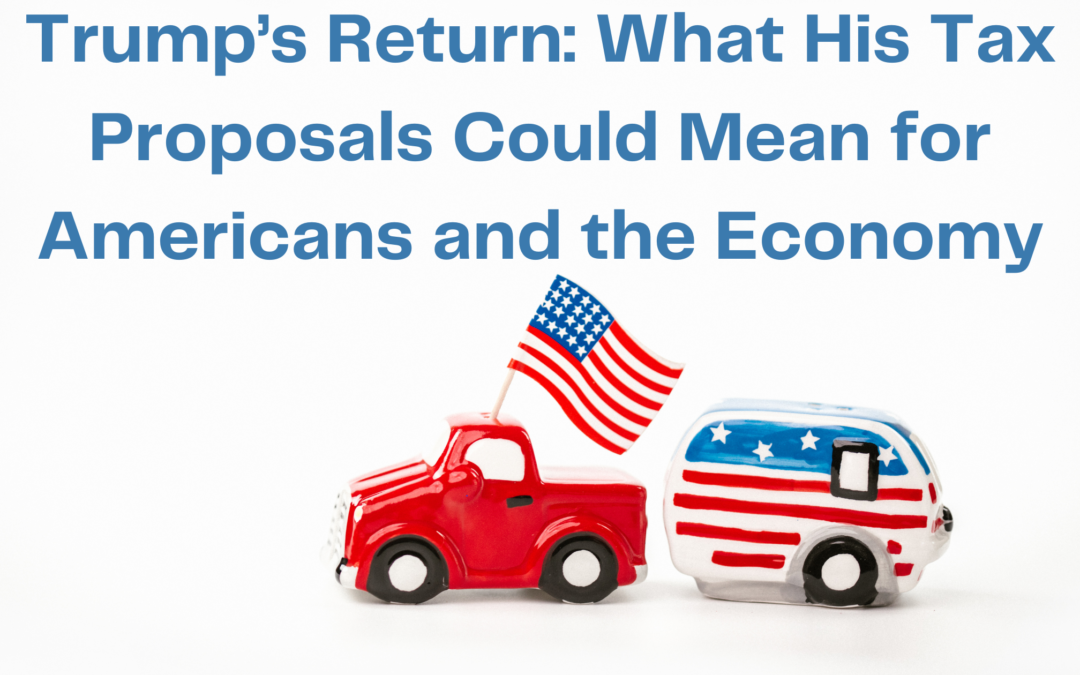As Donald Trump prepares to assume the presidency once again, we can anticipate renewed attempts to extend and expand provisions from his 2017 Tax Cuts and Jobs Act (TCJA). This landmark legislation, a signature achievement of his first term, is set to expire in 2025, raising questions about the fate of popular tax cuts.
The scope of these tax proposals could be staggering in cost. Experts estimate that making all the TCJA provisions permanent could cost as much as $4.6 trillion. Many of these provisions affect individual taxpayers — doubling the standard deduction, reducing marginal tax rates, and other changes that lowered tax burdens across a broad swath of the middle class. However, letting them expire would mean substantial tax increases for many, an unappealing outcome for any administration, Republican or Democrat. This puts pressure on Trump and Congress to find ways to extend these provisions, balance the budget, and avoid political fallout.
One priority that has bipartisan appeal is addressing the treatment of R&D expenses. The TCJA had initially allowed businesses to fully deduct research and development expenditures, but these deductions are now set to phase out, which has been unpopular across party lines. A bill to reinstate these deductions passed the House with strong bipartisan support but stalled in the Senate due to unrelated disagreements.
Other provisions might not find such broad agreement. For instance, the TCJA’s $10,000 cap on state and local tax (SALT) deductions has been a thorny issue, particularly for high-tax states. Trump has hinted at revisiting this cap to ease the burden on taxpayers in these areas, though any changes will require careful negotiation to satisfy diverse state interests.
Beyond restoring the 2017 provisions, Trump has floated new tax ideas, many aimed at easing the financial strain on working families and essential service professionals. He’s suggested eliminating taxes on tips for restaurant and hospitality workers, on Social Security benefits, and on overtime earnings.
Additional proposals include removing taxes for firefighters, police officers, and members of the military. There’s also talk of a tax credit for family caregivers and even a deduction for interest paid on U.S.-made car loans — all aimed at reducing the tax burden on a wide range of working Americans.
Funding these extensive tax cuts and credits is an entirely different challenge. Trump has indicated he would impose high tariffs on foreign goods as a primary revenue source. However, many economists are skeptical that tariffs alone could offset the costs of such expansive tax relief. Higher tariffs could also have unintended consequences, such as raising prices on imported goods for consumers, which could lead to inflationary pressure.
The stakes of Trump’s tax agenda are high, and the pathway to implementation will require delicate political balancing. While there’s widespread interest in extending tax relief and avoiding a middle-class tax hike, lawmakers will have to weigh the costs and consider compromises to make this vision a reality.
For now, many Americans will be watching closely, as these decisions could shape the financial landscape for years to come.We have a few months to wait and see what will start to be implemented with the new administration.
